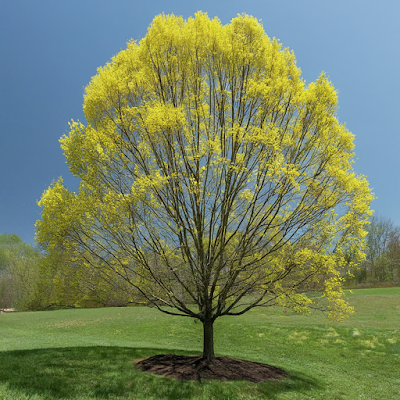Loquat, scientifically known as Eriobotrya japonica, is a fruit-bearing tree native to China but also widely cultivated in Japan and other parts of the world. Commonly referred to as Japanese plum, the loquat tree produces deliciously sweet and tangy fruits that are not only flavorful but also packed with health benefits.
The fruits of the loquat tree resemble a mix between an apricot and a mango, with a unique flavor profile that sets it apart from other fruits. Rich in vitamins A and C, as well as antioxidants, loquats are known for their immune-boosting properties and ability to promote healthy skin.
In addition to being a tasty snack on its own, loquats can be used in various culinary creations such as jams, jellies, desserts, and even savory dishes. The versatility of this fruit makes it a favorite among chefs and home cooks alike.
The loquat tree itself is an attractive evergreen plant with large leaves that add ornamental value to gardens and landscapes. With proper care and maintenance, these trees can thrive in temperate climates and provide bountiful harvests of delicious fruits seasonally.
Whether enjoyed fresh off the tree or incorporated into your favorite recipes, loquats are a delightful fruit that offers both flavor diversity and nutritional benefits. Consider adding this exotic gem to your garden or shopping list for a taste of something truly special.
The Nutritional Value of Loquats and How They Support Your Health
Loquats are not only delicious but also packed with essential nutrients that can benefit your health in various ways. These small, orange fruits are rich in vitamins A and C, which are known for their immune-boosting properties. Additionally, loquats contain antioxidants like polyphenols and carotenoids that help protect your cells from damage caused by free radicals.
The high fiber content in loquats can aid digestion and promote gut health. Fiber also helps regulate blood sugar levels and can contribute to a feeling of fullness, which may support weight management efforts.
Moreover, loquats provide minerals such as potassium and manganese, which are important for maintaining healthy blood pressure and supporting overall metabolic functions in the body.
Incorporating loquats into your diet can be a tasty way to enhance your overall well-being. Whether enjoyed fresh as a snack or added to salads or desserts, these fruits offer a flavorful way to boost your nutrient intake and support your health goals.

























